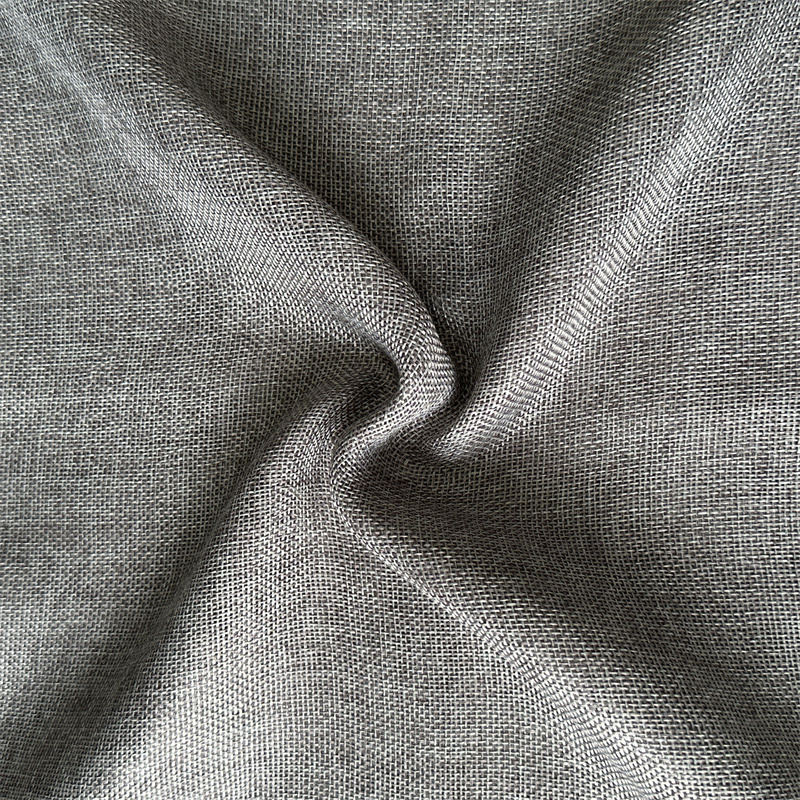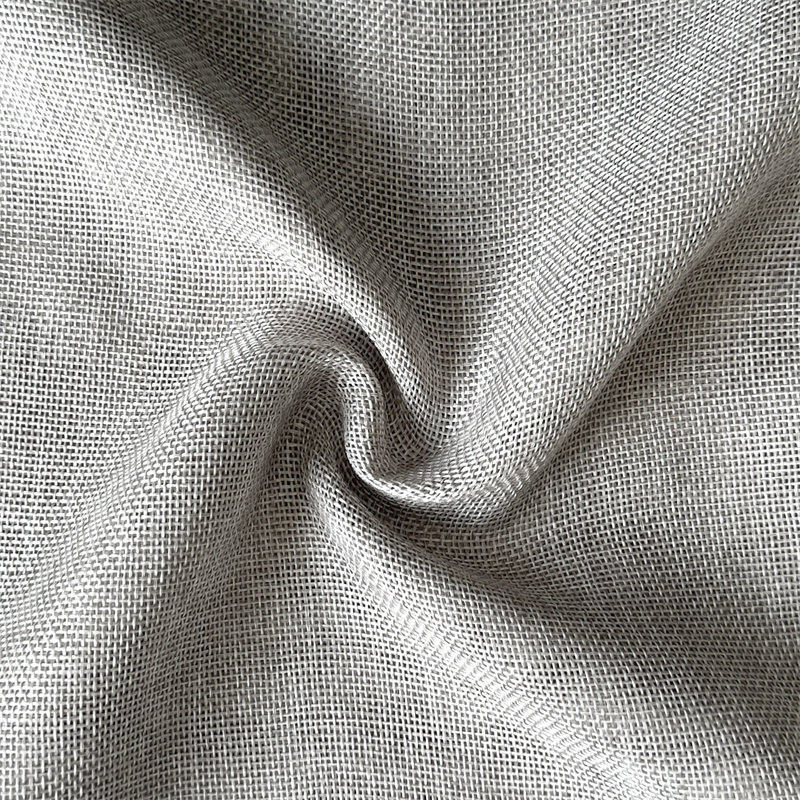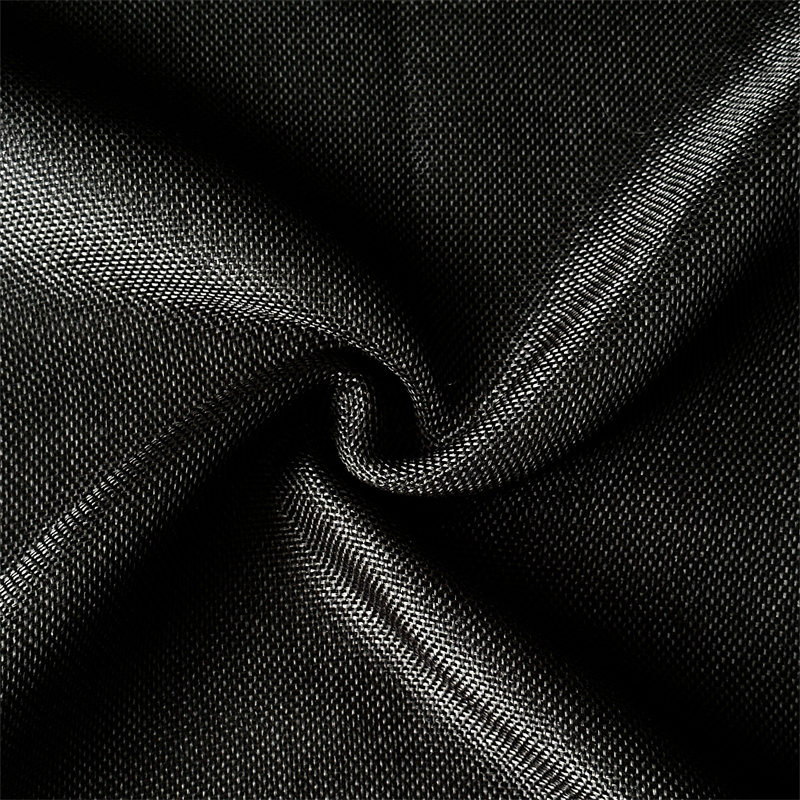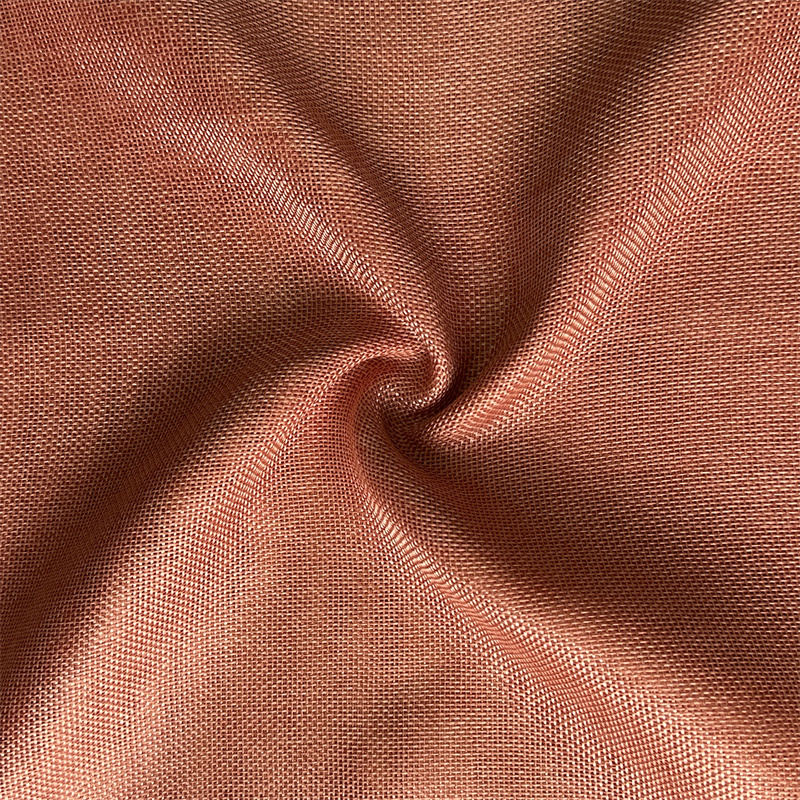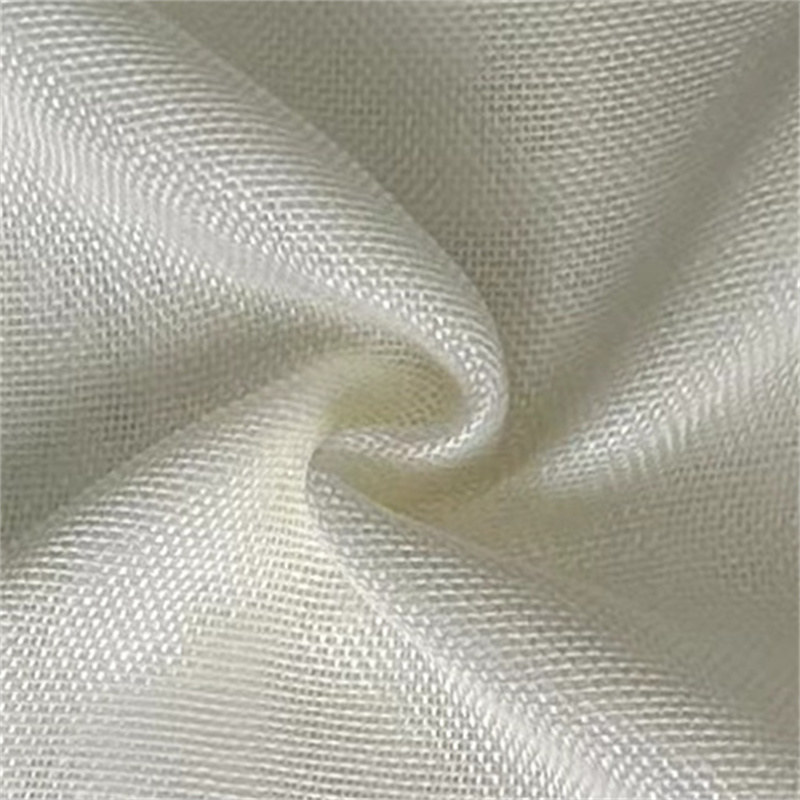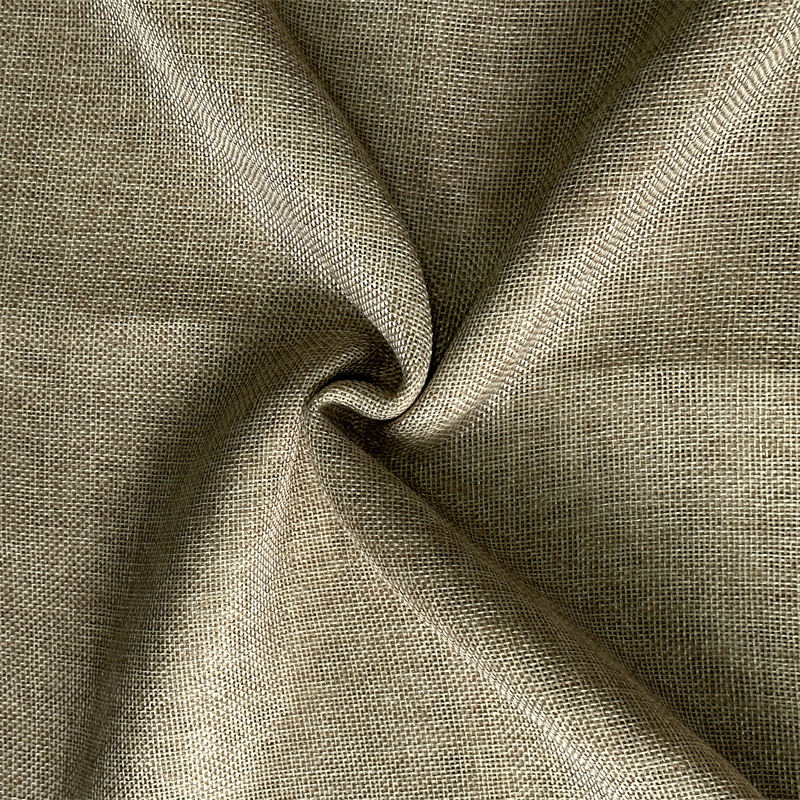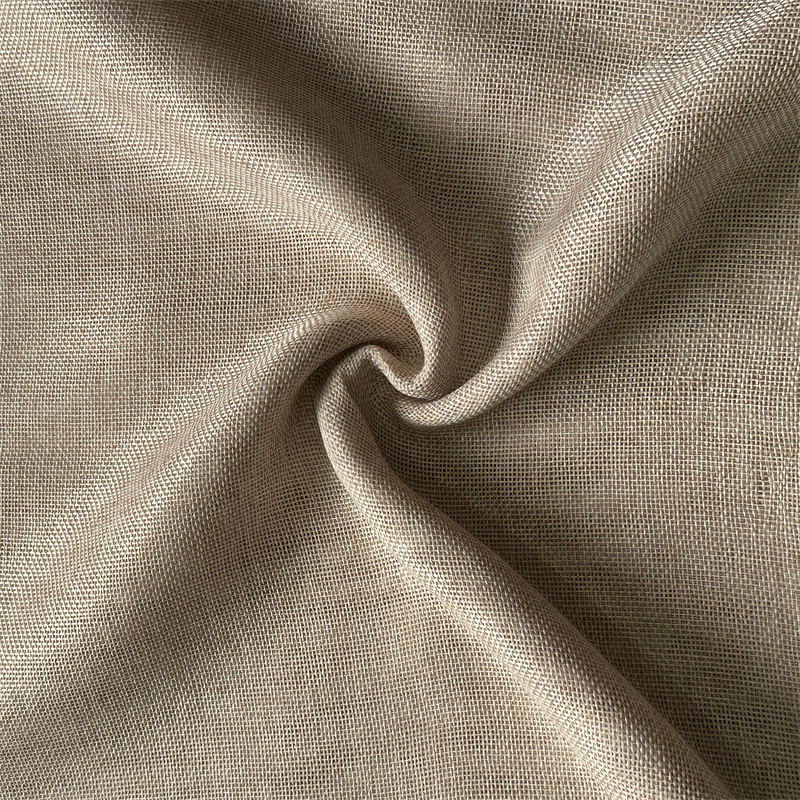Introduction to Chenille Fabric
Chenille fabric is renowned for its luxurious softness, velvety texture, and versatility in home décor, upholstery, and fashion. Originating from the French word for “caterpillar,” chenille’s unique fuzzy texture comes from its short, tufted pile created during weaving. Maintaining its softness and durability requires proper care and handling to prevent damage, shedding, or matting over time.
Understanding the Structure of Chenille Fabric
Chenille is composed of short lengths of yarn twisted between two core yarns, which produces its signature soft pile. This unique construction makes it plush and appealing but also delicate, requiring careful handling. Understanding its fiber composition—whether cotton, polyester, rayon, or a blend—helps determine the appropriate cleaning and maintenance techniques.
Types of Chenille Fibers
Different fibers used in chenille affect its texture, durability, and care requirements:
- Cotton Chenille: Soft, natural feel, breathable, but prone to shrinkage and color fading if improperly washed.
- Polyester Chenille: Durable, resistant to wrinkling and shrinking, easier to clean, ideal for high-traffic applications.
- Rayon Chenille: Silky and luxurious, but delicate; requires gentle cleaning and careful handling.
- Blended Chenille: Combines properties of multiple fibers to enhance durability, color retention, and softness.
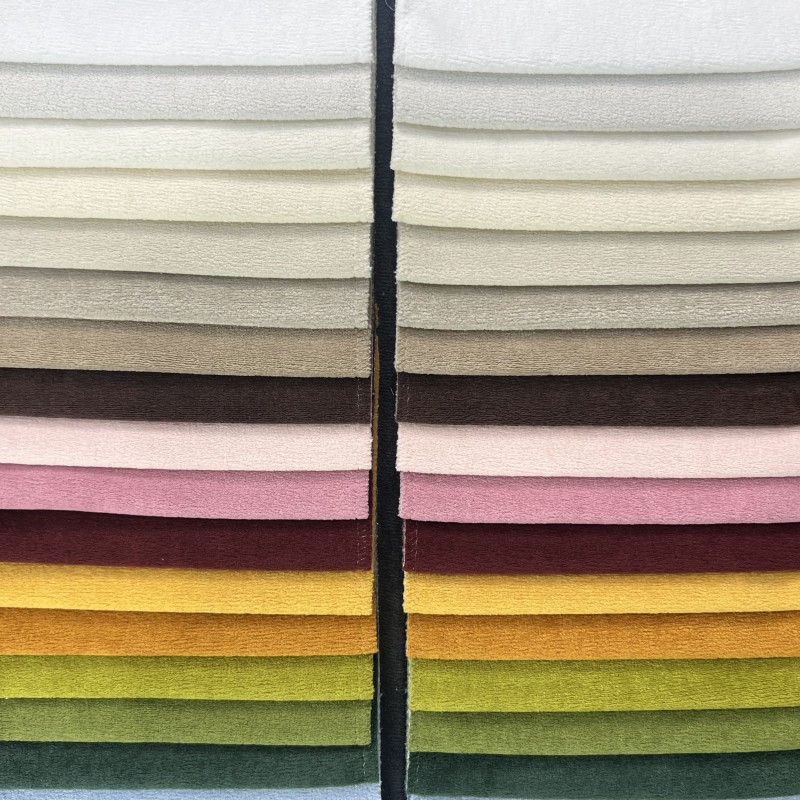
Cleaning Chenille Fabric
Proper cleaning is essential to maintain chenille fabric's softness and prevent damage. The cleaning method depends on the fiber type and intended use.
Regular Maintenance
Frequent vacuuming using a soft brush attachment removes dust and dirt from the pile without damaging the yarn. Light brushing with a soft-bristled brush can also help maintain the pile’s fluffiness.
Spot Cleaning
Immediate attention to spills prevents staining and reduces the need for extensive cleaning. Use a damp cloth with mild soap to blot the area gently. Avoid rubbing, which can crush the pile and distort the fabric’s texture.
Machine Washing and Drying
For machine-washable chenille (often polyester or blended fibers), follow these tips:
- Use a gentle cycle with cold water to minimize fiber damage.
- Place fabric in a mesh laundry bag to reduce friction and prevent snagging.
- Use mild detergents and avoid bleach, which can weaken fibers.
- Air-dry flat or tumble dry on low heat to prevent shrinkage and pile flattening.
Professional Cleaning
For delicate or high-value chenille fabrics, such as rayon or high-end blends, professional dry cleaning is recommended. This ensures deep cleaning without compromising texture or color.
Preventing Wear and Tear
Proper handling and usage can significantly extend the life of chenille fabric.
Minimizing Friction
Chenille is prone to pilling and fraying if subjected to excessive friction. Avoid placing heavy or rough objects directly on the fabric, and rotate cushions and upholstery to distribute wear evenly.
Protecting from Sunlight
Direct sunlight can fade colors and weaken fibers over time. Use curtains or UV-protective window films in rooms with chenille furniture or drapery to maintain vibrancy and longevity.
Avoiding Moisture Damage
Excess moisture can cause mildew and weaken chenille fibers. Keep the fabric dry, and ensure proper ventilation in areas where humidity is high.
Storing Chenille Fabric Properly
Proper storage prevents deformation, matting, and damage during periods of non-use.
- Fold gently along natural seams or rolls to avoid creases and crushing the pile.
- Store in a cool, dry environment away from sunlight and moisture.
- Use breathable storage bags rather than plastic to prevent humidity buildup and mildew.
- Add moth-repellent sachets for natural fibers like cotton or wool blends.
Maintaining the Softness of Chenille Fabric
Preserving the plush texture of chenille is essential for comfort and visual appeal. Softness can be maintained through proper brushing, gentle washing, and avoiding heavy pressure on the fibers.
- Regularly fluff and rotate cushions and throws.
- Use soft-bristled brushes or hands to gently lift the pile if it becomes compressed.
- Apply fabric conditioners suitable for chenille to enhance softness during cleaning.
Conclusion
Chenille fabric offers unmatched softness and visual appeal, but it requires careful maintenance to preserve its texture and durability. By understanding the fiber composition, cleaning appropriately, minimizing wear, and storing the fabric properly, users can enjoy the luxurious qualities of chenille for many years. Consistent care ensures that this versatile fabric continues to enhance home décor, upholstery, and fashion with its timeless elegance and comfort.


 中文简体
中文简体 Español
Español